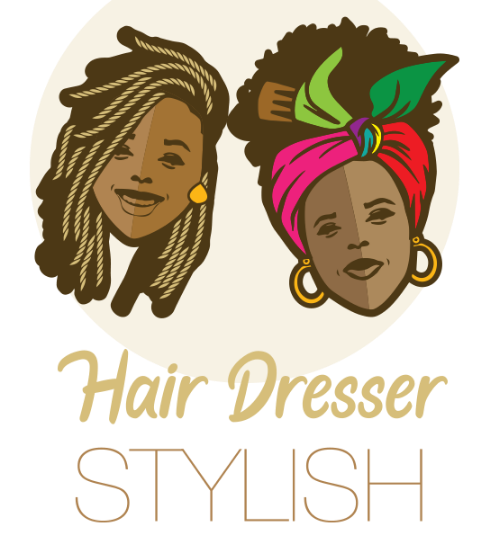Key Services Offered by Product Design Consultancies
🔍 User and Market Research
Great design starts with empathy.A product design consultancy often begin by understanding user behavior, market trends, competitor products, and technological constraints. This research informs every design decision moving forward.
🧠 Concept Development
Through sketching, 3D CAD models, and mood boards, designers explore a range of product concepts. The goal is to balance function, aesthetics, and manufacturability. Clients are typically presented with several design directions to choose from.
🧪 Prototyping and Testing
Consultancies develop working prototypes using tools like 3D printing, CNC machining, or foam modeling. These models are used to test ergonomics, aesthetics, and functionality with real users, gathering feedback for refinements.
🏭 Design for Manufacture (DFM)
A product might look great, but if it’s too expensive or difficult to produce, it’s a failure. Consultancies ensure that the final design can be manufactured efficiently and cost-effectively, often working directly with manufacturers during the handoff.
🎨 Branding and Packaging
Many consultancies also help design the visual identity of a product, including color schemes, logos, product interfaces, and packaging. This helps ensure consistency from product to shelf.
Strategic Design for Competitive Advantage
In crowded markets, product design is often the deciding factor for consumers. A good consultancy helps you stand out—not just visually, but strategically. They consider how your product fits within your brand, addresses user pain points, and competes in the marketplace. Every curve, button, and material choice is intentional.
- Freelance opportunities: Many companies seek contractors for 3d render especially in consumer products, machinery, and prototyping.
- Higher earning potential: Certified users often command higher salaries or consulting rates.
Career advancement: Advanced knowledge opens doors to leadership, R&D, or innovation roles.
